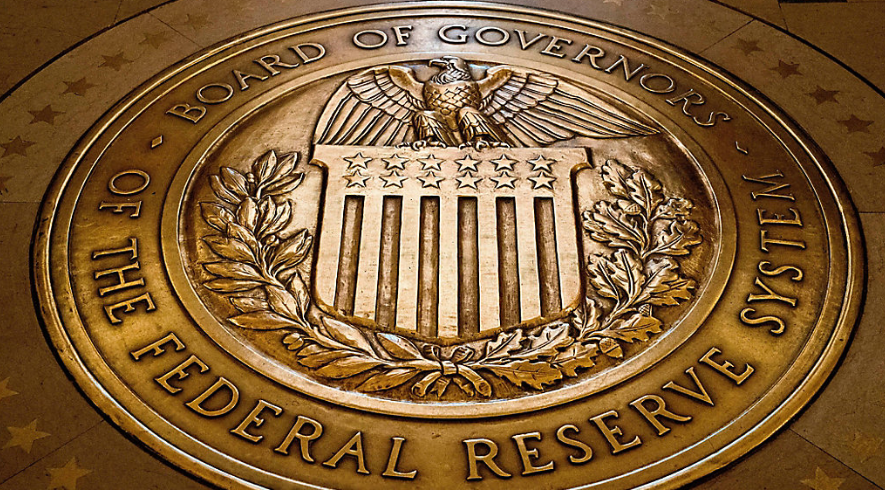
While Trump presses from lower interest rates, the Fed maintains caution by analyzing tariffs and immigration before deciding the future of the economy
President Donald Trump may want lower interest rates, but the Federal Reserve (Fed) will probably maintain its basic interest rates unchanged at the two-day monetary policy meeting that ends on Wednesday (29).
It should be a quiet start for a busy year for the Central Bank. Trump said last week in Davos, Switzerland, that he would reduce energy prices and then “demand” that the Fed low up loan costs.
Later, when asked by reporters if he expected the Fed to hear him, he replied, “Yes.” Presidents of recent decades have avoided publicly pressuring the Fed in respect of his political independence.
In addition to a US president challenging standards, the Fed also faces challenges to achieve its economic goals. Inflation remains above the target of 2%: its favorite measure is 2.4%, although underlying prices – considered a better indicator of where inflation is going – rose 2.8%in November compared to the previous year .
Fed employees, led by President Jerome Powell, want to balance a complicated situation: maintaining high loan costs, the Fed hopes to slow down loans and enough spending to reduce inflation, but without causing a painful recession.
Powell said in December that the Central Bank entered a “new phase”, in which it expects to act more deliberately after cutting its key rate to 4.3%, compared to 5.3% in the last three meetings of 2024. In December Fed employees have signaled that they can reduce their rates only twice this year. Goldman Sachs economists believe these cuts will not occur until June and December.
A cut in March is still possible, although future pricing in financial markets indicates chances of just a third of this happening.
As a result, American families and companies are unlikely to see significant relief from high loan costs anytime soon. The average 30 -year mortgage rate fell to just below 7% last week after five consecutive weeks of discharge. Loan costs remained high throughout the economy, even after the Fed reduced its basic rate.
This is because investors expect healthy economic growth and persistent inflation, which will postpone new rates of rates. Recently, they raised the yield of the 10 -year treasure titles over 4.80%, the highest level since 2023.
Another reason for the caution between Fed’s policy formulators this year is that they will want to evaluate any changes in the economic policy of the Trump administration. Trump said he could impose 25% rates on imports from Canada and Mexico in early February. During his presidential campaign, he threatened to impose taxes on all imports.
Trump administration also said it will make mass deportations of migrants, which may increase inflation by reducing the economy’s ability to produce goods and services. At the same time, some economists say Trump’s promises to deregulate the economy can reduce prices over time.
When Trump imposed tariffs on a limited number of imports in 2018 and 2019, Fed economists expected the biggest impact to fall on economic growth, with a relatively lower inflationary impact. As a result, when growth really slowed down, the Fed ended up cutting its key rate in 2019, instead of increasing it to combat any inflationary impact.
On Wednesday (29), Fed employees can also change the statement that they disclose after each meeting to update their job market assessment, a sign that rate cuts can be postponed.
In December, the statement included a slightly pessimistic view: “The conditions of the labor market were softened in general, and the unemployment rate increased, but remains low.” In summer and fall, employers slowed their hires. The increase in the unemployment rate concerned Fed employees and it was a great reason why they reduced their key rate at an unusual percentage point in September.
Earlier this month, Fed Governor Chris Waller cited weaker hiring as evidence that the key rate of the Fed is “restrictive”, which means that it is acting as a brake in the economy and should reduce inflation to over time. If the rates are restrictive, it means that the Fed will have more space to cut them if inflation decreases further.
However, this month, a few days after Waller’s observations, the December job report showed that hiring accelerated and unemployment rate fell to 4.1%compared to 4.2%.
The healthiest job numbers suggested that hiring at least stabilized. If they remain as strong as last month, enhanced job gains would indicate that the Fed rate is not restrictive at all, and few, if there is, cut cuts will be required.
Source: https://www.ocafezinho.com/2025/01/29/fed-segura-as-redeas-enquanto-trump-sonha-com-juros-baixos/

